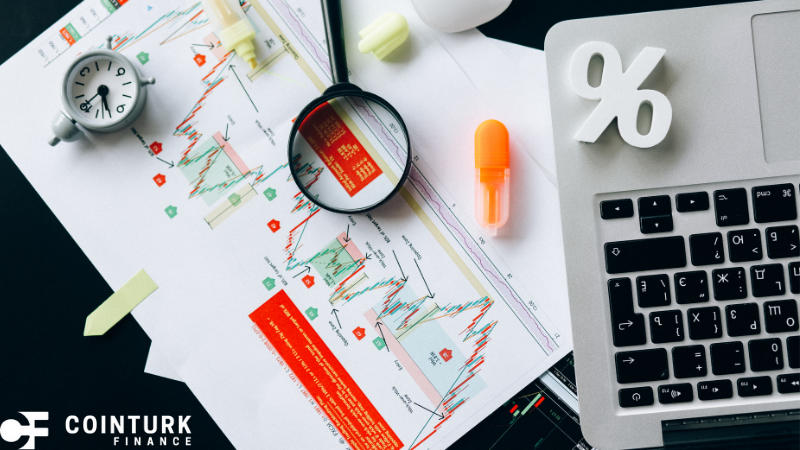Consumer borrowing activity shifted in January following a sharp rise in credit usage during the holiday season. While December recorded a significant increase in total credit, January showed a more moderate expansion, reflecting a return to typical spending patterns. The slowdown in credit growth suggests that consumers may be adjusting their financial behavior after accumulating debt for holiday purchases. This trend has implications for lending institutions and alternative payment providers as consumer financing preferences evolve.
Earlier reports on consumer credit trends indicated similar post-holiday spending adjustments in previous years. While December often sees a surge in credit card usage, the subsequent months tend to show a reduction in borrowing rates as consumers focus on repayment. The latest data aligns with these historical patterns, though the increase in overall consumer credit in January was slightly above expectations. In prior years, non-revolving credit, such as auto loans, also experienced steady but measured growth following holiday spending peaks.
How Did Credit Growth Compare to December?
According to recent data from the Federal Reserve, total consumer credit increased by $18.1 billion in January, surpassing the anticipated $15 billion rise. This represents a significant decline from December’s $37.1 billion surge, which was driven by heightened holiday shopping. Revolving credit, primarily credit card debt, grew by $9 billion, a sharp contrast to its 18.5% annualized increase seen in December. Non-revolving credit, which includes loans for automobiles and other fixed-term financing, also saw a $9 billion jump.
What Does This Mean for Consumer Debt?
The seasonally adjusted annual rate of consumer credit growth in January stood at 4.3%, a decrease from the 8.7% recorded in December. Over the past years, January’s credit growth rate has hovered around similar levels, suggesting this is a typical seasonal adjustment. Despite the slower pace, the increase in debt adds to the financial burden on many consumers. Notably, credit card delinquency rates have risen, with approximately 11.5% of balances being overdue by 90 days or more.
Financial research indicates that credit card debt is widely held across different income levels. Among high-income earners making over $100,000 annually, 75% carry an outstanding credit balance, a percentage mirrored by middle-income and lower-income groups. However, 25% of cardholders reported that their balance increased over the past year, while only 21% said it had decreased. Meanwhile, nearly one-fifth of surveyed consumers stated that they had reached their credit limits at least once in the past year.
Alternative financing options, such as buy-now-pay-later (BNPL) services, continue to attract consumers. Companies like Sezzle and Affirm have experienced strong growth in their payment solutions, suggesting that some individuals may be shifting away from traditional credit cards in favor of short-term installment plans. While BNPL services do not directly appear in Fed data on consumer credit, their increasing popularity indicates a changing landscape in consumer borrowing habits.
Looking at broader credit ownership, depository institutions hold 40.2% of outstanding consumer debt, while the federal government accounts for 30.9%. Finance companies and credit unions hold smaller shares at 14.8% and 13%, respectively. These figures highlight the diversified nature of consumer credit sources and the varying role of financial institutions in the lending market.
Although consumer debt has expanded, the pace of borrowing has moderated following December’s spike. The latest figures indicate that, while consumers continue to use credit, borrowing patterns remain influenced by seasonal trends and economic conditions. As financial institutions and alternative lenders adjust to these shifts, the focus will likely remain on balancing credit accessibility with sustainable consumer debt management.










